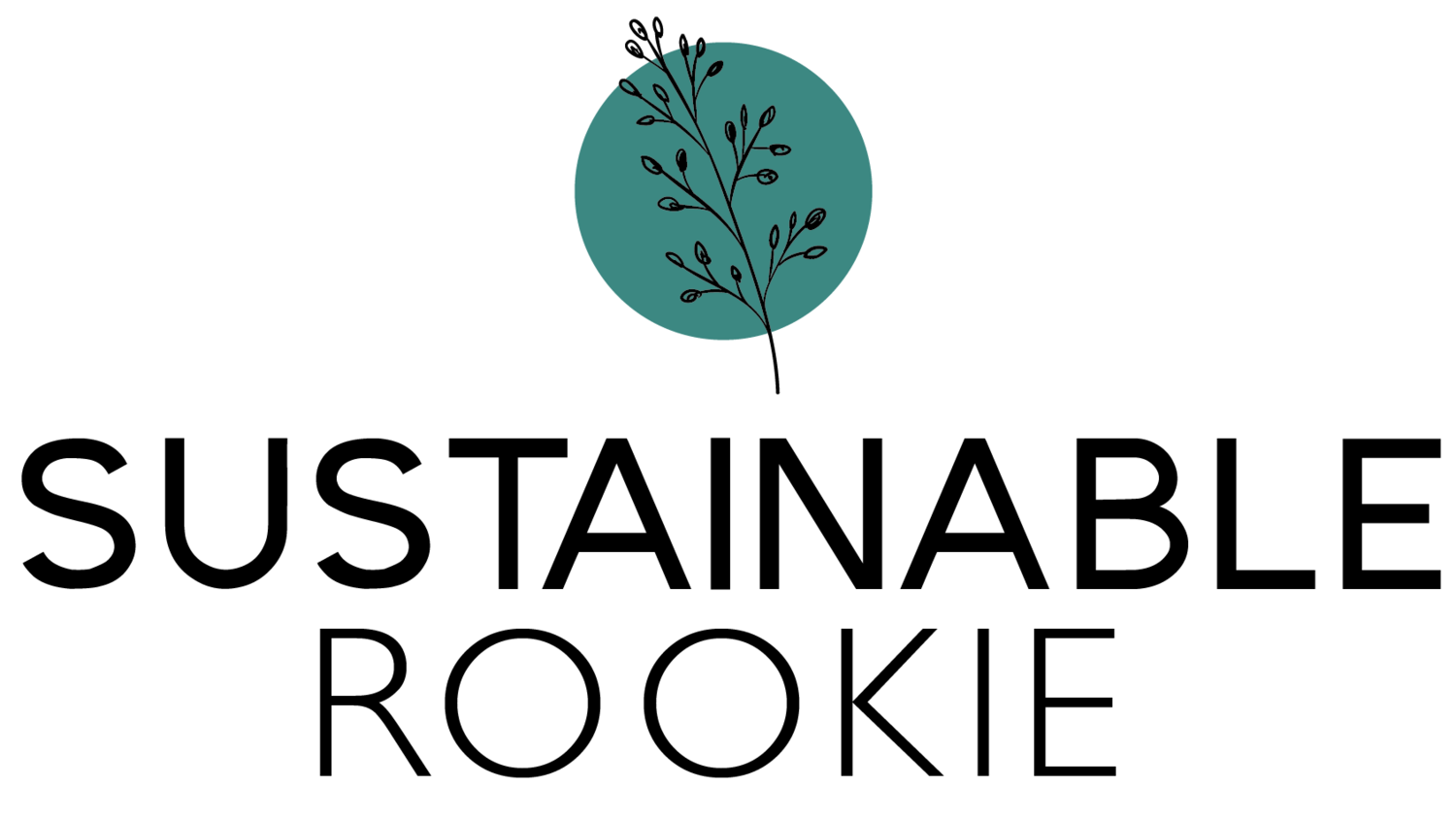Why You Should Leave the Leaves On the Ground
Autumn is my favorite season, not only because you can enjoy a lot of activities, but the trees go through a chromatic metamorphosis that is as beautiful as life itself. Oranges, yellows, and reds start replacing the greens we are used to seeing year-round. However, this is also as short as life, ephemeral, a simple instant of warm tones that shocks our system with beauty, and then retires once again, leaving us with the essence in its purest form: naked trees, waiting for the day when they will be covered in greenness again. And then, the cycle begins one more time.
During this wonderful ritual of nature–which also happens during the other seasons, albeit less intensely– we are not only left with the memory of the golden trees, but also with the leaves that fall to the ground. Normally, people rake them or blow them into piles, and proceed to put them in bags that will go to the trash can, A.K.A. the landfill.
The ceremony of leaves falling to give space to green ones before turning yellow and starting the circle again, is stunning and welcome, whereas the ceremony of sending them to the landfill is nothing short of harmful– an activity that’s bad for the environment. An easy way to be more sustainable at home and embrace a new habit that’s gentler on the planet, is to simply leave the leaves.
WHY YOU SHOULDN’T RAKE FALLEN LEAVES
As stated by the U.S. Environmental Protection Agency, leaves and other yard debris accounted for more than 12% of the nation’s solid waste in 2018. What happens when we send them to the landfill, is that we not only deprive soil and wildlife from their benefits, but they will also lack the oxygen necessary to decompose correctly, thus releasing methane gas, which is 25 times more potent than carbon dioxide in trapping heat in the atmosphere.
According to a National Wildlife Federation Survey, 72% of surveyed people knew that fallen leaves are beneficial to biodiversity and wildlife, but only 25% left the leaves on the ground. Perhaps it’s one of those habits we have developed as a society, and we only need to promote education in the matter to break it!
The magic about fallen leaves, which also tells us a lot about how smart our Planet Earth is, is the fact that they create a natural mulch that contributes to the suppression of weeds, while simultaneously fertilizing the soil when they start to break down. Healthy soil is one of the most important goals in the sustainability agenda, because it gives us food, purified water, fights against drought and flooding, and is one of the toughest fighters against climate change. Fallen leaves are a great way of providing organic matter to the soil, which consequently helps decrease the need to use fertilizer.
Animal welfare is another priority of sustainability, as it’s not just about flora, pollution, and plastic, but about taking care of fauna. Leaves serve as habitat for wildlife, like birds, frogs, insects, lizards, chipmunks, caterpillars, amphibians, that overwinter, feed, or rest in them. They also help keep pests under control and promote pollination in the gardens. For instance, in Autumn, 94% of moths drop off the tree as part of their life cycle, when they develop as larvae. When doing so, they land under the leaves, bark, and soil, and pupate in cocoons, emerging as adults the next spring. Simultaneously, some birds rely on those moths’ caterpillars and butterflies as a food source for their offspring. The American bumble bee is another example of an insect that depends on leaves to protect them from the cold. The beautiful circle of life–let’s not stop it!
What to do with the leaves instead of raking them and throwing them away
Making small changes at home add up, and being mindful about our gardening practices is one of the ways we can live more sustainably. Leaving the leaves is a great and simple way to do so, helping the environment, biodiversity, and why not, jump into a pile of leaves just for fun.
1. Just leave the leaves on the ground. Where they fall is where they are meant to be. You can even rake a big pile of leaves and jump in! It’s a great idea to have a natural playground at home for kids, adults, and even dogs. You can also leave the leaves and add some other dead plant material to create overwintering sites for pollinators and other invertebrates.
2. Rake them to Use as mulch in garden beds or specific parts of your garden (for instance shaded areas, where vegetation struggles a bit), instead of throwing them away in plastic bags to be sent to the landfill. Less plastic, less crowded landfills, less methane, more natural compost! And wildlife can still use it as shelter. Also, mulching can protect the soil’s surface, keep moisture in the ground, keep roots warmer during the winter and cooler in the summer, and prevent erosion from rainfall. Another form of leaf mulch is leaf mold, which is made by collecting leaves in containers, keeping them moist, and turning it often so they decompose. It can be placed into the soil to conditionate it.
3. Talking about compost: make some yourself! Combine fallen leaves–which are considered brown material– with green material like grass clippings. Keep this combination moist and well-mixed, so that you can have nutrient-rich compost for your plants and garden.
4. Chop leaves with your mower and use them in your garden. The soil will benefit from this, as the chopped leaves will enhance the lawn’s fertility. They also provide good insulation for soil during the winter, and help keep soil’s moisture during the spring, as well as suppressing weeds.
So remember, just leave the leaves be!
If you’d like to read my future posts, please don’t forget to subscribe to my newsletter!






